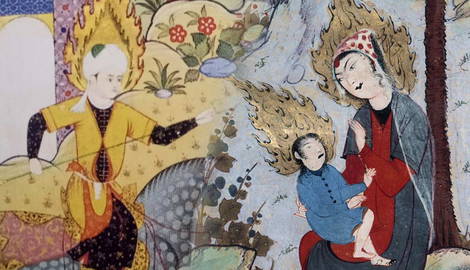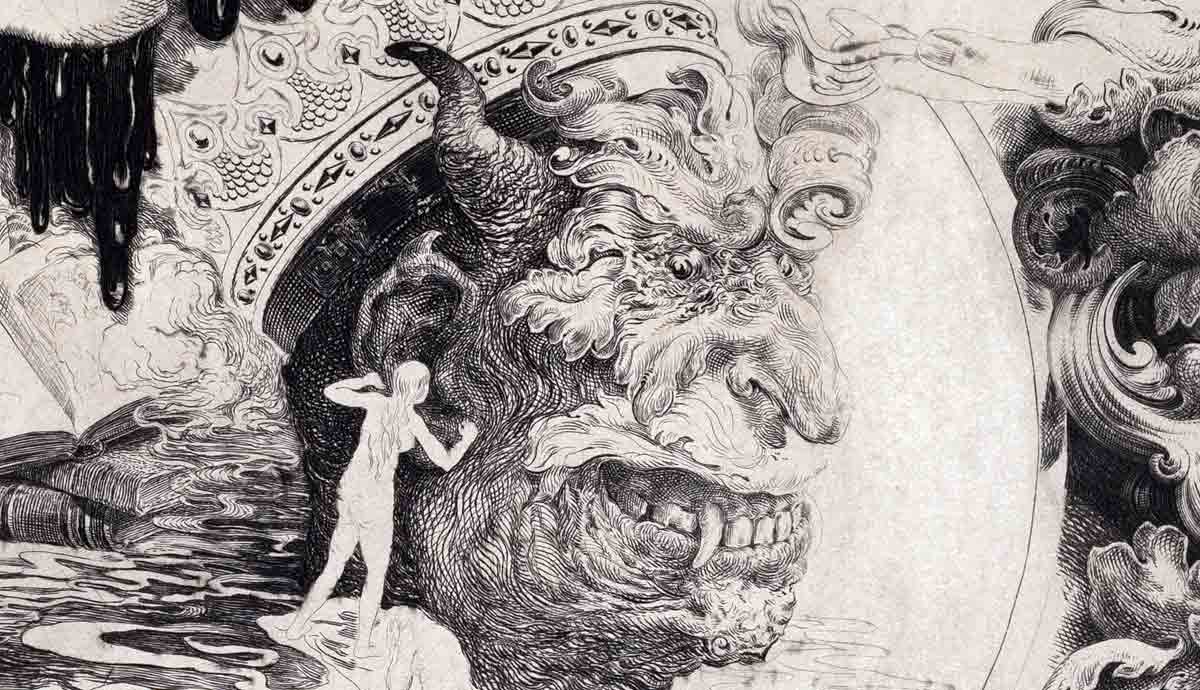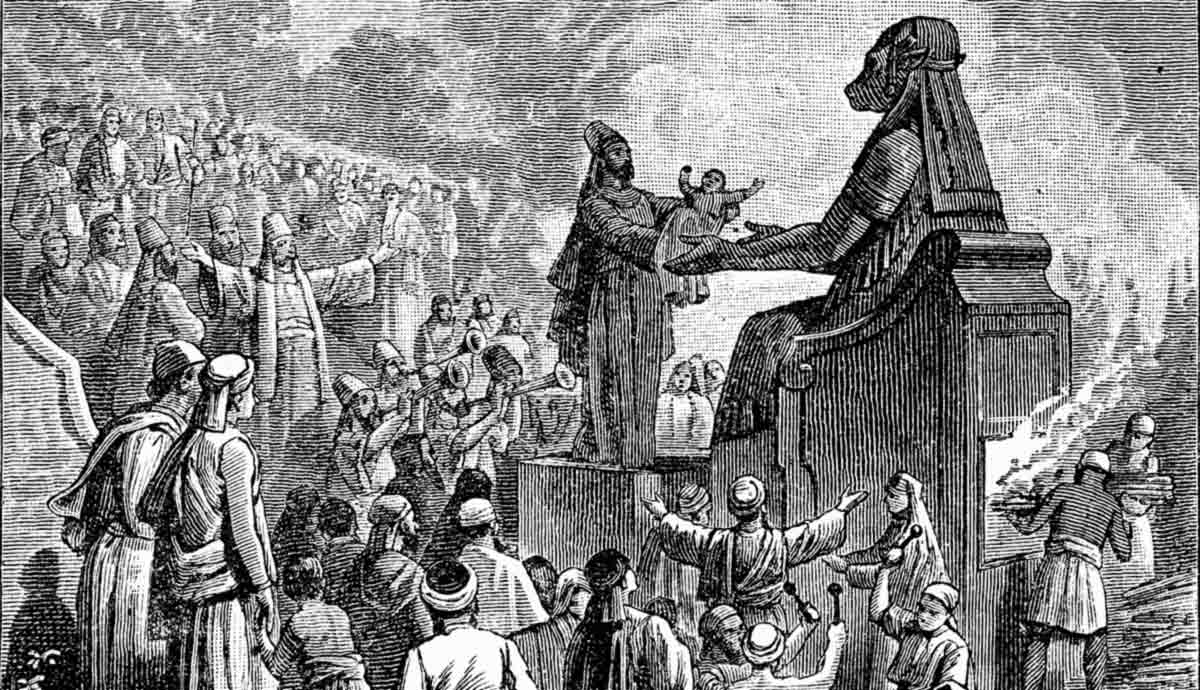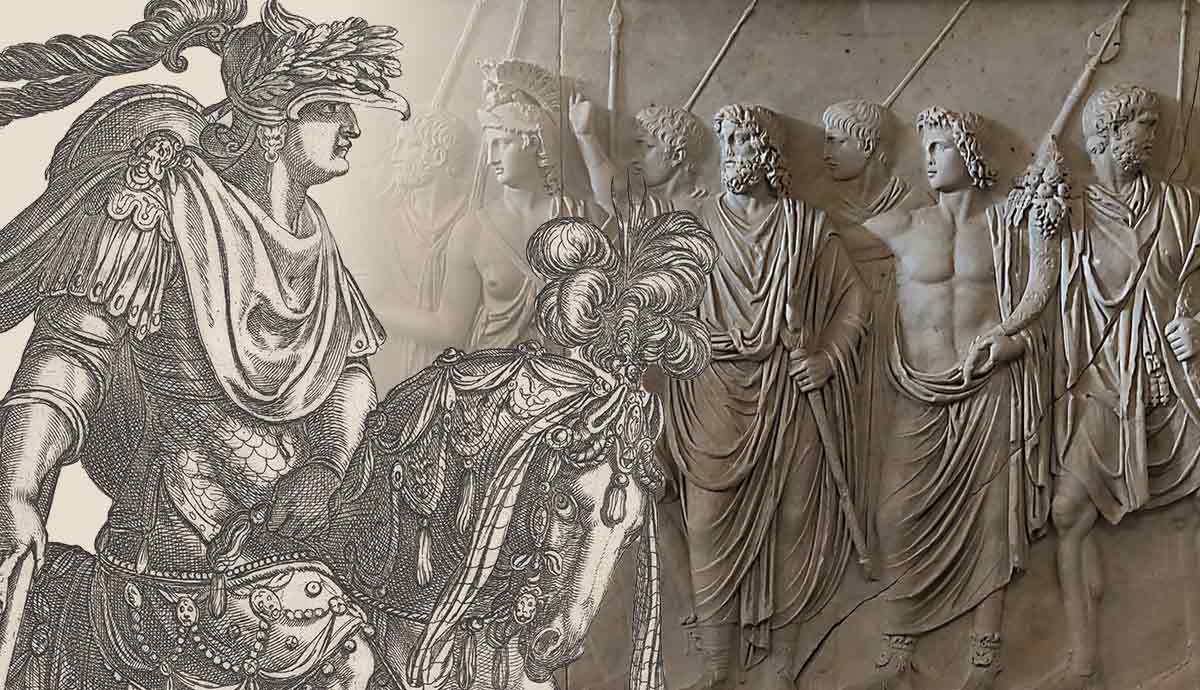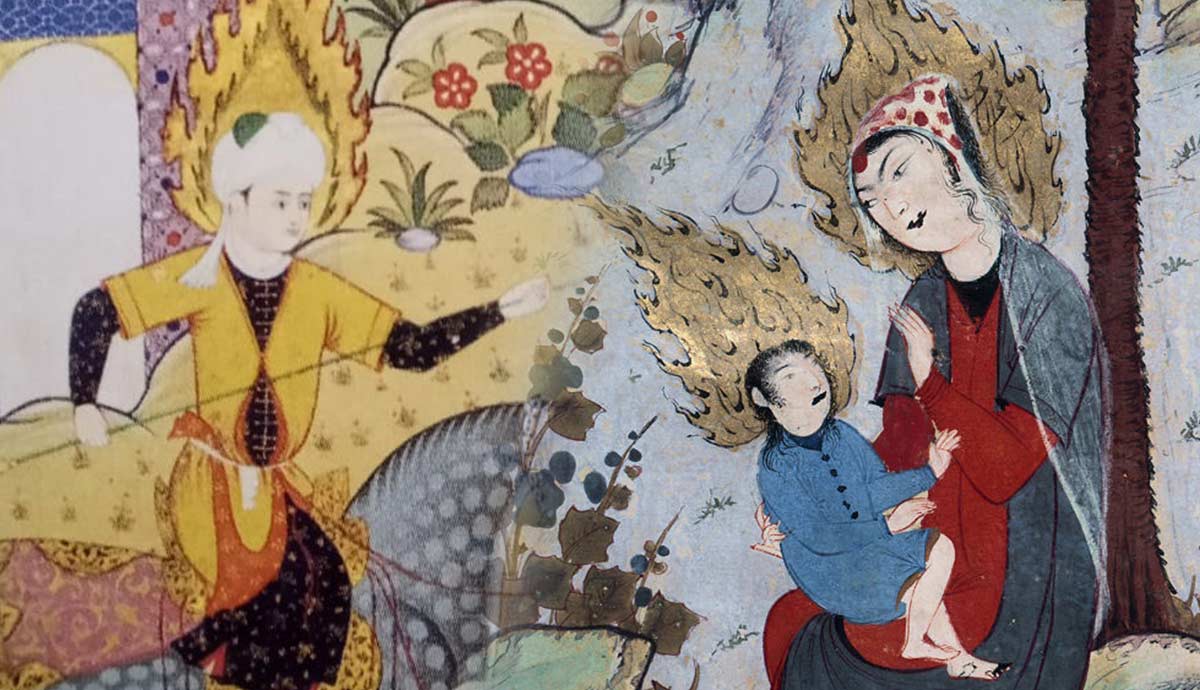
Islam and Christianity are the world’s two largest monotheistic religions. Their belief in the oneness of God is one of many they share. Another of these is the expectation that Jesus will return to inaugurate God’s will at the end of the present age, an event known in Islam as “the Hour.” However, while Christians expect the return of a crucified and resurrected Jesus, Muslims expect Jesus’s return to vindicate God, correcting the lie that God had failed to protect Jesus from a shameful execution. Read on to learn more about Jesus in Islam.
Islamic Sources for Teaching on Jesus’s Return

In the 8th and 9th centuries CE, Muslim scholars began to compile large collections of the sayings and deeds of the Prophet Muhammad that came to be known later as the Hadiths. While the Hadiths are widely trusted within the Muslim community as a source for Muhammad’s practices and teachings, they do not rise to the level of authority enjoyed by the Qur’an. But the Qur’an only alludes to Jesus’s role in the Hour in the 43rd Surah (chapter), verse 61. For details, Muslims must rely on the Hadiths.
Muslim interpreters must fit together various passages in Hadith collections in order to establish a sequence of events for the Last Hour. There is, as a result, disagreement about certain details but considerable consensus about the primary events.
The Crucifixion in Islam

Though Jesus’s role in the Hour is not delineated in the Qur’an, a passage in the 4th Surah, entitled An-Nisa (meaning “Women”), contains a passage that is important for understanding why Jesus acts as he does at his coming in Islamic tradition. In the 157th verse of Surah An-Nisa, the Qur’an says that, while there were those who thought they had killed Jesus, it was not really so. The wording is somewhat cryptic, but Islamic tradition is clear in its understanding of it: Jesus was never killed. Rather, God raised him up into his presence at some point, as the following verse says.
For Christians, Jesus’s crucifixion may have appeared to be a failure. However, according to a Christian understanding the Resurrection is actually God’s ultimate victory over death and evil. The Crucifixion and Resurrection, thus, form the backbone of Christian theology, and the rest of Christian belief is built around the meaning of these events. For Christians, Jesus is not merely a prophet but is God’s own self-revelation, and the Crucifixion is a demonstration of God’s self-giving devotion to the deliverance of humanity.
Muslims, however, believe that God rescued Jesus from being crucified. In this way, God was victorious by saving his prophet from the schemes of wicked people. According to Muslim understanding, God vindicated Jesus’s prophetic status by delivering him from death and ushering him directly into Paradise. Jesus, according to Islam, never died and the cross is a symbol of a great lie.
God Rescued Jesus

The meaning of the cross as a symbol of the Crucifixion is prominent in descriptions of Jesus’s return in Islamic sources. When Jesus returns, he will break crosses in a rebuke against those who had claimed that he was crucified—that God had failed to protect him from this fate. Islam does not object to the idea of a prophet dying or even being killed as a martyr per se; there are many prophets of Islam who were killed, in fact. However, in Jesus’s case, God chose rescue over martyrdom, and thus the cross represents deceit. This observation is important for understanding Jesus’s destruction of all crosses upon his return.
The Hadiths report that, after Jesus’s return to earth, he will marry, have children, and live for another 40 years before dying naturally. Jesus will be buried alongside Muhammad himself according to this tradition, and these two prophets will rise together in the final resurrection of the dead. The Hour, thus, does not entail the end of the physical world or of natural, physical death. Instead, it speaks of the ultimate establishment of Islam as God’s final, true religion and the purging of all others.
The Mahdi and the Dajjal

Two figures stand out alongside Jesus as playing key roles in the events of the Hour. One is the Mahdi, meaning “rightly guided,” and the other is the Dajjal, meaning “lie” or “deception.” The Dajjal is often called “the Antichrist” in English translations, which alludes to his full title as the “False Messiah.” This sets him against Jesus specifically, since Jesus alone bears the title of “Messiah” among the prophets in Islamic tradition. Jesus ends up being the Dajjal’s killer in the Hour.
Because the sequence of events of the Hour can be determined partly by piecing together traditions within the Hadiths, room has been left for disagreement between Muslims regarding the Mahdi’s identity. For most Sunni Muslims, Islam’s largest group, the Mahdi is an imam (Muslim community leader) who will be a leader of Muslims in their war against the Dajjal in the era of struggle leading up to the Hour. The Mahdi is, in essence, a normal, righteous person without prophetic or messianic status. Most Sunni Muslims believe that Jesus will join the Mahdi in his war against the Dajjal. However, some identify Jesus with the Mahdi, suggesting that Messiah and Mahdi are two titles for the same individual.

Shia Muslims, by contrast, believe that the Imam Mahdi is a person who was born long ago. Like Jesus, he is miraculously being preserved by God until the moment of the Hour, when both of them will be revealed to the world during the period of the final battle against the Dajjal. Unlike Jesus, however, the Mahdi is in hiding somewhere on earth, while Jesus is in Paradise until the Hour comes.
Whether Sunni or Shia, however, all Muslims agree that the Mahdi will lead faithful Muslims in a struggle against the Dajjal along with Jesus in some way.
Jesus Will Kill the Dajjal

The Dajjal is portrayed in the Hadiths as a brutal but miracle-working deceiver. While he is able to raise the dead, faithful Muslims are those who can see past his miraculous power and recognize him as the Anti-Messiah. The war against the Dajjal and his followers will come to its climax when the imam, interpreted by many Muslims as being the Mahdi, is preparing to lead the morning prayer in a mosque in Damascus, Syria.
Jesus will descend over the minaret of the mosque at this moment, accompanied by angels, and with beads of sweat dripping from his brow. His breath, according to the Hadith, is lethal for all unbelievers who smell it. The unnamed imam invites Jesus to lead the adhan—the Muslim call to prayer—but Jesus defers back to him. After the prayer is finished, Jesus commands that the gate of the place be opened.
Outside the gate, the Dajjal will be waiting with 70,000 Jews who have gathered to fight for his cause. Upon seeing Jesus, the Dajjal and his army will run, but Jesus will pursue and overtake him at the gate of Ludd, south of Tel Aviv, and will kill him there. The imagery in the Hadiths portrays the natural world as participating in the ensuing slaughter of the Jewish followers of the Dajjal. Some Hadiths report that rocks, bushes, and walls from behind which Jews will hide, will cry out to reveal the fugitives’ whereabouts so that the army of the Mahdi and Jesus can execute them.
Jesus Will Demolish Crosses, Kill All Pigs, and Abolish the Jizyah

Multiple Hadith collections say that Jesus will break all crosses, kill all pigs, and abolish the tax levied on non-Muslim groups called the “jizyah.” These three actions each have important symbolic significance.
As noted above, Jesus’s destruction of crosses symbolizes the refutation of the lie the cross represents—that God had allowed his prophet to be crucified. Martyrdom is celebrated in Islam. However, there is a particular objection to Jesus’s crucifixion, and Muslims in every Islamic tradition are united in the belief that Jesus was rescued by God. Early Islamic sources including the Qur’an inveighs against Christians’ association of Jesus with God, seeing it as a departure from Jesus’s true teaching as a prophet of strict monotheism. By breaking the crosses himself, Jesus appears as a rebuke of this apostasy from the true religion.
Portraying Jesus as killing pigs likewise serves to correct what Muslims see as Christians straying from the right path. It is not pigs in and of themselves that are offensive but their use as food, which Islam forbids. The killing of the pigs symbolizes a return to Islam as the true faith.
The jizyah tax was understood by Muslims as payment for protection. Those who paid it were non-Muslim groups living under Muslim rule called “dhimmi”—protected peoples. By portraying him as abolishing this tax, the Hadiths suggest that Jesus will either eliminate the need for protection by ushering in an era of peace and safety or will eliminate the adherents to non-Muslim faiths themselves. A combination of both of these is also a possible interpretation.
Did Islam Borrow Ideas About Jesus’s Return From the Bible?

Certain themes in the Islamic view of the Hour are clearly borrowed from Christian sources. The theme of Jesus’s return is the most obvious of these. The battle between Jesus and a figure called the Antichrist is another. These are present in the New Testament, and somehow found their way into the Hadiths. Muslims view differences between their own tradition and those found in Christian sources as Islamic corrections of corrupted traditions. Whether corrections or not, there are clearly important links between Christian and Muslim takes on Jesus’s return.
However, it is important to note the considerable development of shared themes between the New Testament and the tradition that surfaces in the Hadiths. Many Christians associate Revelation, the New Testament’s last book, with predictions about Jesus’s return. While Jesus’s return is certainly a core teaching of the New Testament, Revelation’s way of approaching the topic is quite distinct from the approach found in the Hadiths.

A character called simply “the Beast” is present in Revelation, and he behaves somewhat similarly to the Dajjal as Jesus’s idealized antithesis. But the Hadiths and Revelation are of two very different genres. While the Dajjal is described with relatively specific features as a human being, the beast of Revelation is viewed as a monster in highly imaginary, classically apocalyptic terms. Moreover, his fate is described in a highly imaginary, otherworldly context. Jesus does not slay him in a direct way, instead, he is thrown into a “lake of fire” (often mistaken for hell) by an angel. Furthermore, while the word “Antichrist” appears in the New Testament, the beast of Revelation is never given that title explicitly. In addition, the timing of the events surrounding the beast’s activity in Revelation is by no means clear. The past tense is used, as the author describes events unfolding before his eyes in the cinema-like evocations typical of apocalyptic texts.
Thus, while a one-to-one comparison of later Christian ideas of the end of days can be made with Muslim expectations regarding the Hour, the Bible itself represents a much earlier tradition that cannot be easily understood as literally predictive.
